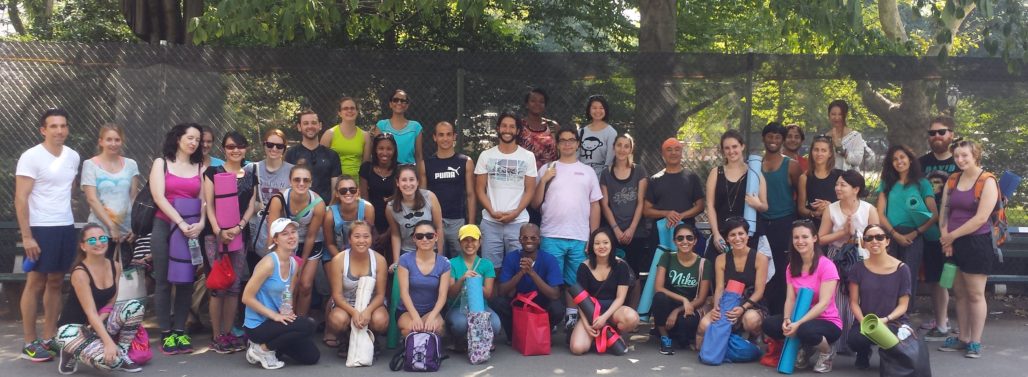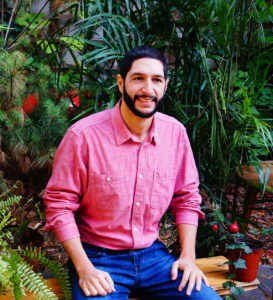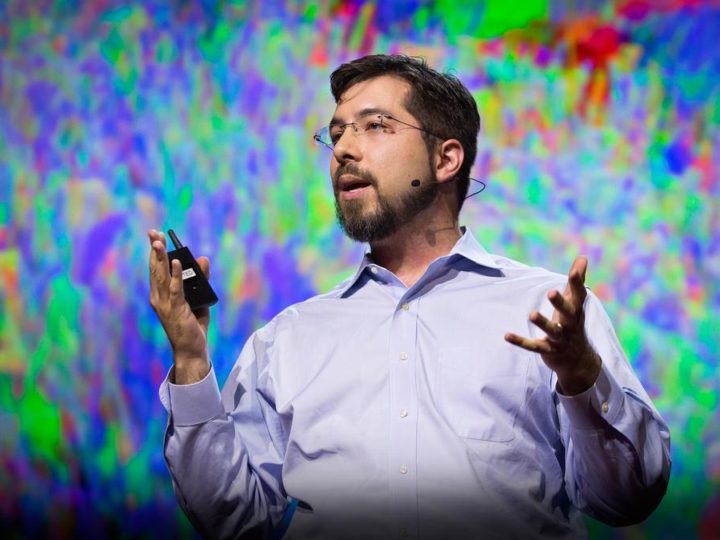When we think about who we are individually, what do we identify ourselves with? Maybe it is our name, culture, religion, or personality. What about our ego? Do we ever think about our ego as an entity separate from our essence?
Yoga teacher Umit Sedgi believes the ego can, and should, be separated for a better understanding of who we are. Umit Sedgi believes that humans identify themselves with their egos; the entity in our being that constantly emphasizes itself and demands things. He became interested in the practice of yoga in an effort to understand himself and his ego more closely. “It is constantly giving you demands, asking you to fulfill its desires.” He discussed how the five senses used by the ego within our brains satisfies its cravings.
“We are constantly in search of stimulating our five senses to enjoy our surroundings. Eating unnatural foods for their towering taste, going to shows to satisfy our eyes, and different sounds to entertain our ears… we use our senses to enjoy as much as we can in this limited time in our lives. But when you start paying attention to the idea that this is not all that there is, you start to see that there is much more beyond the five senses.”
Umit Sedgi’s story of becoming a full-time yoga teacher started off by what he believes to be karma. It was, as he described, something that he felt was meant to happen.
In 2012, the stress of working at an electronics company started to become overwhelming for Umit, when the dynamics with the people he worked with became unhealthy. His older sister suggested he try yoga.“In the beginning, I was practicing every other day, and within a week, it became as frequent as every day. Teachings on self-discipline and spirituality was what I had been looking for. I thought it would be my path to the light so I decided to become a yoga teacher,” he said.
Reading books that focused on the art of yoga expanded Umit Sedgi’s breadth of knowledge.
While many people who practice yoga focus on the asanas (which are the yoga poses), it is the first two limbs of yoga called Yama (sense of integrity) and Niyama (spiritual observances) which must be the first priority in yoga, according to Umit. “If you skip the first two, what you do is limited with the physical plane. Sincere work on the first two limbs make you really ready for the next steps.” He believes that reading the theory behind yoga helped him transition into integrating the practice into his own life. “Anyone can pick up a book and read it but practicing it is not so easy.”

Even as a kid, Umit Sedgi found himself fascinated by spirituality, psychology, stories of wisdom, and the mind-body connection.
He would often be seen doing back flips or walking on his head. “We identify ourselves with the ego… but nowadays I am becoming more and more interested in going deep into understanding who I am and who I am not. It is more challenging to be sincere with yourself and face yourself bravely, instead of constantly blaming the outside world. It is more fascinating and interesting to find out who you really are.” Umit says he has recently begun actively learning about, and practicing, Sufism.
As a yoga teacher, Umit Sedgi believes yoga is helpful for a greater understanding of the self.
“I was interested in understanding the self and being witness of the ego. When you put a hold on seeking constant enjoyment of life (by finding a good balance and not denying or suppressing it), you see a lot more beyond our five senses. Doors of higher consciousness start to open for you.” He gave me an example of how our ego is separate from ourselves. “When you say you want cheesecake, for example, it is not really you that wants to eat the cheesecake. It is your ego. The body needs nutrition for its activities but ego wants pleasure. This is when you start recognizing this entity within you, you see the kind of person you are, with all of your proclivities, all of your demands, skills and perceptions based on the ego.”

Discovering yourself is a lifelong journey and Umit Sedgi lives to assist others in finding themselves through the art of yoga. He teaches public and group classes in Central Park, and provides private instruction in client’s homes or private gyms in both Manhattan and Brooklyn.
You can find him at:


